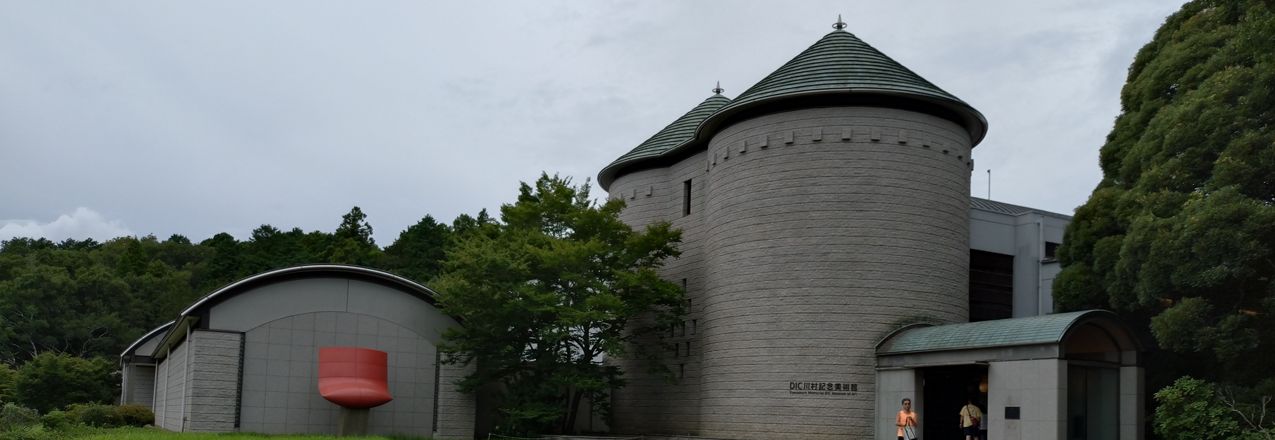2024/12/17
Kawamura Memorial DIC Museum of Art to be Closed: Rebranding Desired Focusing on Stories with “Colors” - Legacy and New Possibilities

*Kawamura Memorial DIC Museum of Art (Photo by the author.)
On September 30, DIC Corporation announced its decision to postpone the start of the temporary closure of the Kawamura Memorial DIC Museum of Art from late January to late March 2025. In response to a net loss for the fiscal year ended December 31, 2023, DIC had established the Corporate Value Improvement Committee, an external management advisory body, to discuss the future direction of the museum’s management. Based on the outcome of the deliberations by the committee, DIC announced on August 27 that the museum would close in late January 2025, citing its “ineffective utilization from the perspective of capital efficiency.” However, the significant increase in visitors to the museum following the closure announcement has led to the postponement of the temporary closure.
It is easy to imagine that the museum's operations became a target of scrutiny due to pressure from Oasis Management Company, a Hong Kong-based investment fund that became a major shareholder, holding 6.9% of DIC shares as of December 28, 2023. The Board of Directors stated that they would reconsider the positioning of the museum’s operations in terms of both social and economic value. "Without excluding the possibility of discontinuation," the board will also give consideration to "downsizing and relocating" as a concrete option, with a final decision to be made by the end of December 2024 (according to the company release dated August 27, 2024).
The museum has a collection of 754 works of art, of which 384 are owned by DIC. The total book value of the company-owned artworks is said to be 11.2 billion yen, with a market value exceeding 1 billion dollars, representing the achievement of two generations of founding family presidents. Undoubtedly, the collection reflects the identity of the founding family, a core business operator in printing inks, whose members were captivated by color. A remarkable collection of works is on display in the galleries near the entrance hall, featuring first-class pieces by world-renowned artists such as Rembrandt, Renoir, Monet, and Braque. In contrast, the richness and excellence of the contemporary art collection, with masterpieces by Stella, Twombly, and Pollock, stands out. Above all, the “Rothko Room,” which permanently displays seven of Mark Rothko’s works, is truly awe-inspiring. As a side note, my personal favorite is Jackson Pollock’s Composition on Green, Black, and Tan (1951).
The closure of the DIC museum, one of the best corporate museums in Japan, and the dissipation of its collection would be a loss not only to the art world, but also to DIC's corporate branding. As stated in the DIC Vision 2030, “By safely delivering developed “Color & Comfort” values, DIC will pursue greater social benefits that enhance shareholder value,” I hope the company will urgently turn its business around while fulfilling its social responsibility as a holder of cultural assets. In closing, I would like to quote a passage from the works of 19th century French poet and playwright, Théophile Gautier: “Nothing truly beautiful is essential to life. But who would want a world without flowers?” (Mademoiselle de Maupin 1835), “What’s that? You say this is of no use? It serves to keep our life beautiful, and isn’t that enough?” (Albertus, 1831)
This Week’s Focus, 9.29 – 10.3
Takashi Mizukoshi, the President